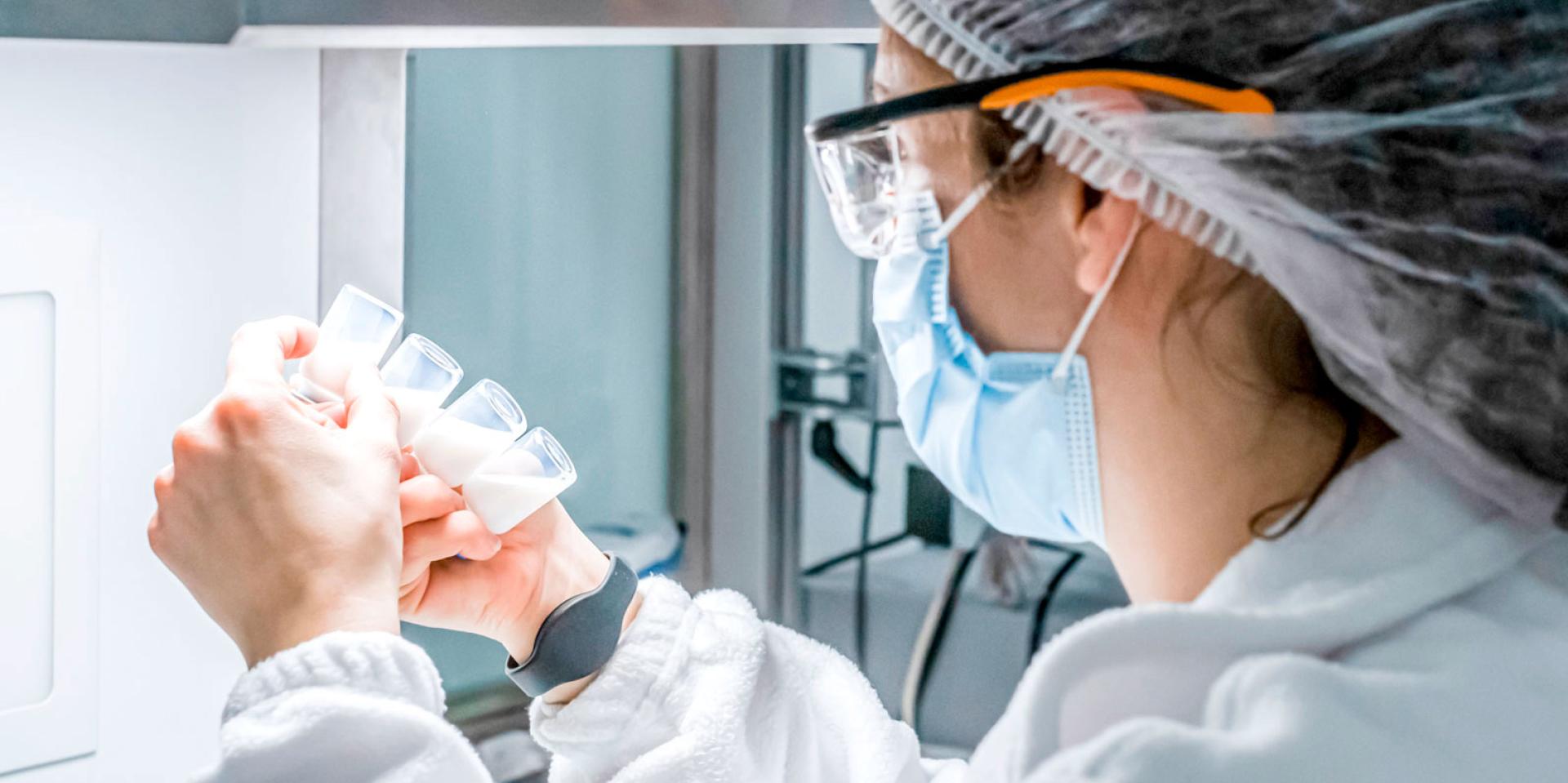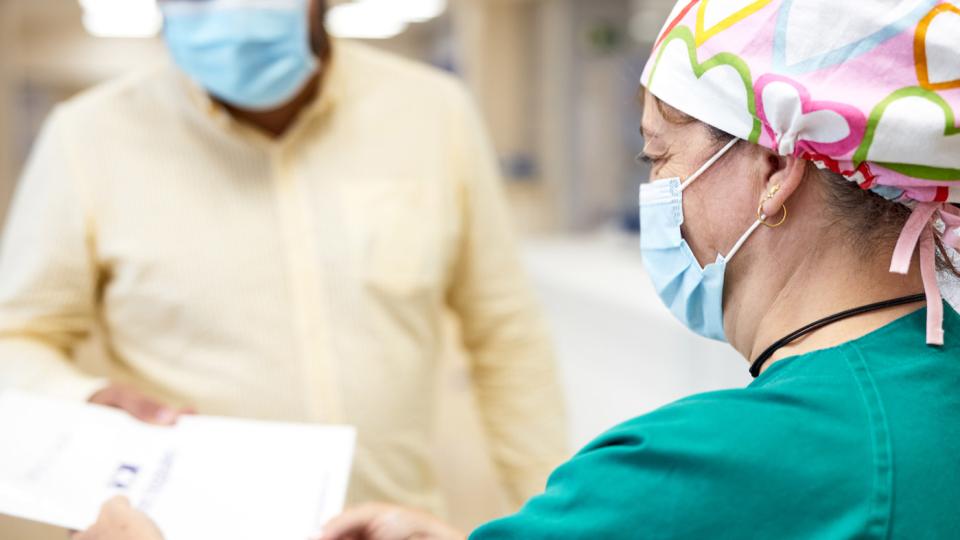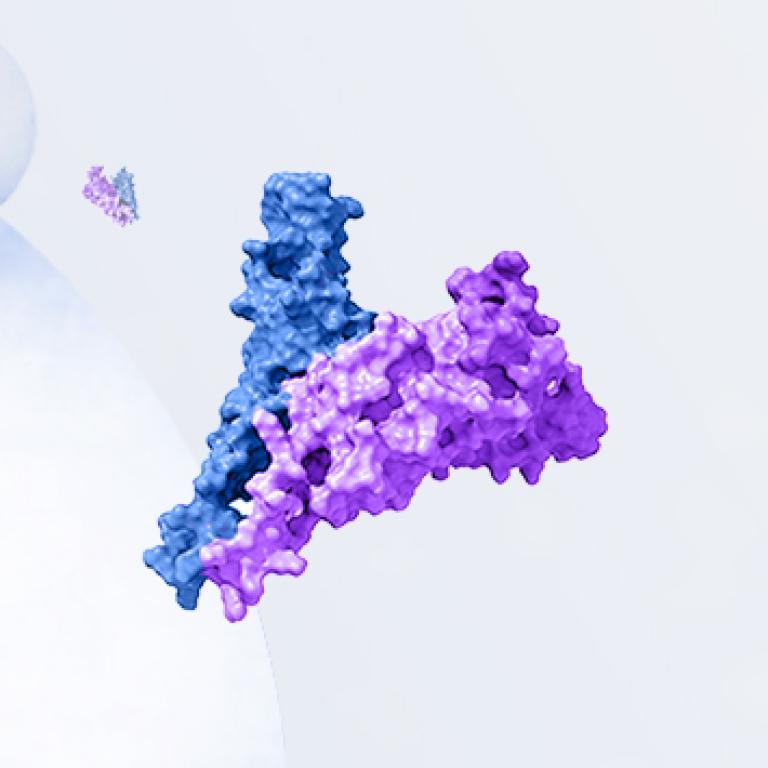La Covid-19 est une maladie infectieuse causée par le coronavirus connu sous le nom de SARS-CoV-21. Les coronavirus sont une grande famille de virus entraînant des infections chez les humains, les oiseaux et les mammifères. Ils se transmettent parfois des animaux à l’homme2.

L’Organisation mondiale de la santé (OMS) a été avertie de l’existence de ce nouveau virus le 31 décembre 2019, lorsqu’une épidémie de « pneumonie virale » fut déclarée à Wuhan (République populaire de Chine)1. Le nombre de cas confirmés a augmenté en flèche avec des milliers de nouveaux cas par jour en janvier, et l’épidémie de Covid-19 a été déclarée comme une urgence de santé publique de portée internationale par l’OMS le 30 janvier 2020. Le 11 mars 2020, l’OMS a officiellement déclaré que la Covid-19 était une pandémie mondiale3.
La plupart des personnes infectées présentent une affection respiratoire légère à modérée et guérissent sans traitement particulier. Cependant, certaines personnes deviennent gravement malades et ont besoin d’une prise en charge médicale. Les personnes âgées et présentant un terrain à risque (maladies cardiovasculaires, diabète, maladies respiratoires chroniques ou cancer) risquent davantage de développer une forme grave de la maladie4.
La Covid-19 se transmet lorsqu’une personne infectée exhale de minuscules particules et gouttelettes contenant le virus. Ces particules et gouttelettes respiratoires peuvent être inhalées par d’autres personnes ou se loger dans leurs yeux, leur nez ou leur bouche. Dans certaines circonstances, elles peuvent contaminer les surfaces en contact avec les mains. Toute personne infectée par la Covid-19 peut transmettre la maladie, même si elle ne présente aucun symptôme5.
Les principales mesures de précaution élémentaires préconisées pour interrompre la transmission du virus sont les suivantes6 :
• Se laver les mains fréquemment avec du savon et de l’eau, ou avec du gel hydroalcoolique.
• Utiliser un masque chirurgical lorsqu’il est impossible d’observer la distanciation.
• Éviter la foule, les espaces intérieurs insuffisamment aérés et le contact prolongé avec d’autres personnes.
• Éviter le contact avec les surfaces, notamment dans les espaces publics ou dans les centres médicaux.
• Rester chez soi en cas de symptômes.
• Suivre les directives et recommandations de vaccination locales.

Engagement d’HIPRA en ce qui concerne la Covid-19
Forte de plus de 50 ans d’expérience dans la lutte contre les maladies transmissibles par le biais du développement de vaccins, HIPRA est une entreprise qui s’engage en faveur de la santé, de la population, de la société et du progrès. C’est pourquoi, face à cette situation exceptionnelle, HIPRA a choisi dès le début de mettre son savoir-faire au service de la lutte contre la pandémie avec le développement d’un vaccin à protéine recombinante contre la SARS-COV-2 (Autorisation de mise sur le marché de l’EMA le 31 mars 2023).
Bibliographie :
1. Organisation mondiale de la santé. Maladie à coronavirus 2019 (COVID-19) : ce qu'il faut savoir. [Internet] Consultable à l’adresse : https://www.who.int/fr/emergencies/diseases/novel-coronavirus-2019/question-and-answers-hub/q-a-detail/coronavirus-disease-covid-19 (Dernière visite : 8 mars 2023)
2. « Information publique. Questions et réponses sur le nouveau coronavirus Covid-19[Internet] ». Consultable à l’adresse : https://www.sanidad.gob.es/en/profesionales/saludPublica/ccayes/alertasActual/nCov/ciudadania.htm (Dernière visite : 8 mars 2023)
3. Hu B, Guo H, Zhou P, Shi ZL. Caractéristiques de la SARS-CoV-2 et de la Covid-19. Nat Rev Microbiol. 2021;19(3):141-154.
4. Organisation mondiale de la santé. Coronavirus. [Internet] Consultable à l’adresse : https://www.who.int/health-topics/coronavirus#tab=tab_1 (Dernière visite : 8 mars 2023)
5. Centres pour le contrôle et la prévention des maladies. [Internet]. Consultable à l’adresse : https://www.cdc.gov/coronavirus/2019-ncov/prevent-getting-sick/how-covid-spreads.html (Dernière visite : Mars 2023)
6. Organisation mondiale de la santé. Maladie à coronavirus 2019 (COVID-19) : comment se transmet la COVID-19 ? [Internet] Consultable à l’adresse : https://www.who.int/fr/news-room/questions-and-answers/item/coronavirus-disease-covid-19-how-is-it-transmitted (Dernière visite : mars 2023)

